- Product
- Solution for
For Your Industry
- Plans & Pricing
- Company
- Resources
For Your Industry
Pricing is one of the most powerful yet misunderstood levers in business performance. Set your prices too low, and your margins vanish. Set them too high, and you risk losing customers to competitors. Despite its impact, many businesses still treat pricing as a one-time decision rather than a living, data-driven strategy.
At tgndata, we’ve seen firsthand how small pricing missteps can compound into significant profit erosion. In many cases, the issue isn’t the product, marketing, or competition—it’s the pricing strategy itself.
The good news? With the right data, technology, and mindset, you can identify and correct these pricing mistakes before they damage your bottom line.
In this article, we’ll explore three of the most common pricing mistakes that silently eat away at profit margins—and share how you can use data-driven insights to avoid them.

Many organizations still rely on instinct, legacy spreadsheets, or competitor matching to set prices. While these methods might feel familiar, they’re often based on incomplete information—and that’s where profits begin to disappear.
Pricing without data is essentially pricing in the dark. Without visibility into customer behavior, market trends, and product performance, decisions tend to default to assumptions—usually conservative ones that underprice value and limit margin potential.
We often see this happen when:
Prices are carried over from last year without review
Competitor pricing is used as the main benchmark
Discounting is applied reactively rather than strategically
Costs are estimated instead of precisely calculated
The result? Misaligned prices that fail to reflect both real demand and real cost. Over time, this creates a silent drain on profitability that’s hard to detect until it’s too late.
Centralize Your Pricing Data
Bring together sales data, customer segments, cost structures, and competitor insights into a single source of truth. A unified view enables faster, evidence-based adjustments.
Use Predictive Analytics
Advanced analytics can forecast demand elasticity—how sensitive customers are to price changes—helping you set optimal prices that balance margin and volume.
Integrate Real-Time Market Monitoring
Automated tools can detect competitor movements and market trends instantly, giving you the agility to respond without guesswork.
Empower Teams with Pricing Intelligence
Equip commercial teams with dashboards that surface actionable insights, not just raw data. Tools like tgndata’s pricing intelligence suite turn complex information into clear pricing recommendations.
👉 [Explore how tgndata helps businesses eliminate guesswork in pricing decisions.]
Moving from instinct-based pricing to data-driven pricing doesn’t just improve accuracy—it transforms decision-making across your entire organization. When pricing decisions are guided by reliable, real-time intelligence, every adjustment becomes a strategic move toward higher profitability.
A mid-sized consumer electronics retailer set its prices to match a major competitor’s weekly discounts. On paper, it seemed smart—stay competitive, win customers. But the competitor was using dynamic pricing algorithms based on real-time demand and inventory data. The retailer’s manual price matching led to unsustainable markdowns and a 12% drop in gross margins over one quarter.
Another major pricing pitfall is failing to understand the true cost of delivering your product or service. Many organizations base their prices on a simplified cost-plus formula (cost + markup = price). While that method seems safe, it often ignores hidden or variable costs that quietly shrink profit margins over time.
Direct production costs—materials, labor, packaging—are easy to track. But many businesses overlook indirect costs such as:
Shipping and logistics fees
Payment processing costs
Marketing and acquisition spend
Product returns and warranty replacements
Customer support or service costs
Inflation and currency fluctuations
When these aren’t properly factored into pricing, your product might appear profitable on paper but actually lose money per sale.
Implement Real-Time Cost Tracking
Use integrated systems that capture total cost data across your operations. This ensures your pricing reflects actual costs, not outdated assumptions.
Move Beyond Cost-Plus Pricing
Instead of marking up costs, consider value-based pricing that combines cost awareness with customer-perceived value. This allows you to maintain healthy margins even when costs fluctuate.
Regularly Reassess Your Margins
Costs change faster than ever—especially with global supply chain volatility. Review your cost structure quarterly, or even monthly, to adjust your pricing proactively.
Use Analytics for Profitability Monitoring
tgndata’s pricing analytics solutions help businesses visualize how costs, demand, and market dynamics interact. This enables smarter, data-backed decisions that protect margins in real time.
A mid-sized home goods retailer launched an online campaign offering “free shipping” to stay competitive with larger eCommerce players. The promotion drove an impressive 18% increase in sales—but profits told a different story. By modeling different pricing scenarios, they identified a break-even point at $55 per order. Introducing a “Free Shipping on Orders Over $55” policy increased average order value by 22% and restored profit margins within a single quarter.
The lesson: without accurate cost visibility, even well-intentioned pricing tactics can backfire.
Many businesses treat pricing as a “set it and forget it” exercise—something done once and rarely revisited. But in fast-changing markets, static pricing can quickly become outdated and uncompetitive.
Pricing that remains fixed for months or years ignores shifts in:
Competitor activity
Customer preferences
Supply chain costs
Seasonality and demand cycles
Market trends or macroeconomic conditions
These changes can make your pricing either too low, eroding margins, or too high, reducing sales velocity.
Dynamic competitors, particularly in eCommerce and SaaS, are constantly adjusting prices to reflect real-time conditions. Staying static means falling behind.
Monitor Market and Competitor Data
Use automated tools to track competitor pricing and market shifts. This ensures your pricing remains aligned with real-time market conditions.
Adopt Dynamic Pricing Strategies
Adjust prices based on demand, seasonality, or customer segments. For example, increase prices slightly when demand surges or offer volume-based discounts during slow periods.
Test and Optimize Continuously
Run small, controlled pricing experiments to find optimal price points. A/B testing allows you to balance volume, margin, and customer satisfaction.
Leverage AI and Automation
Modern pricing intelligence platforms (like tgndata’s) use machine learning to analyze thousands of data points—competitor prices, customer behavior, demand elasticity—and recommend optimal price adjustments automatically.
👉 [Learn how tgndata’s dynamic pricing solutions enable real-time optimization.]
Avoiding pricing mistakes isn’t just about technology—it’s about culture. A data-driven pricing mindset encourages continuous improvement, transparency, and collaboration between finance, sales, and marketing teams.
Data at the Core
Build decisions on facts, not intuition. Integrate internal and external data sources to create a unified, reliable pricing framework.
Cross-Functional Alignment
Pricing affects everyone — finance, marketing, sales, and product. Align teams around shared goals and consistent data definitions.
Experimentation and Learning
Encourage small, controlled tests to refine pricing strategies. Measure outcomes and continuously improve.
Clear Governance and Accountability
Establish defined ownership and approval processes for pricing decisions. Regular reviews help prevent margin erosion and pricing drift.
Pricing mistakes can be subtle, but their impact is substantial. Whether it’s setting prices without data, underestimating costs, or failing to adjust for market shifts, the result is the same — lost profit.
By embedding analytics, automation, and continuous monitoring into your pricing processes, you can transform pricing from a reactive function into a strategic profit engine.
At tgndata, we help companies do exactly that — combining data intelligence with advanced analytics to ensure every price decision supports growth, agility, and long-term margin protection.
👉 [Explore tgndata’s pricing intelligence solutions to learn how data can help your business price smarter and grow faster.]
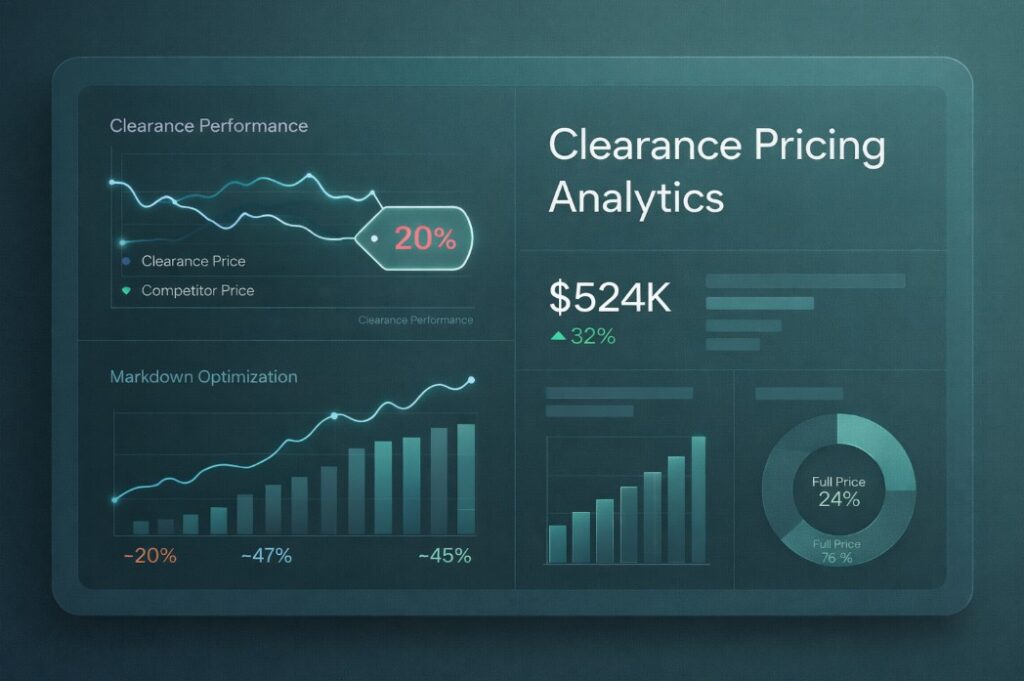
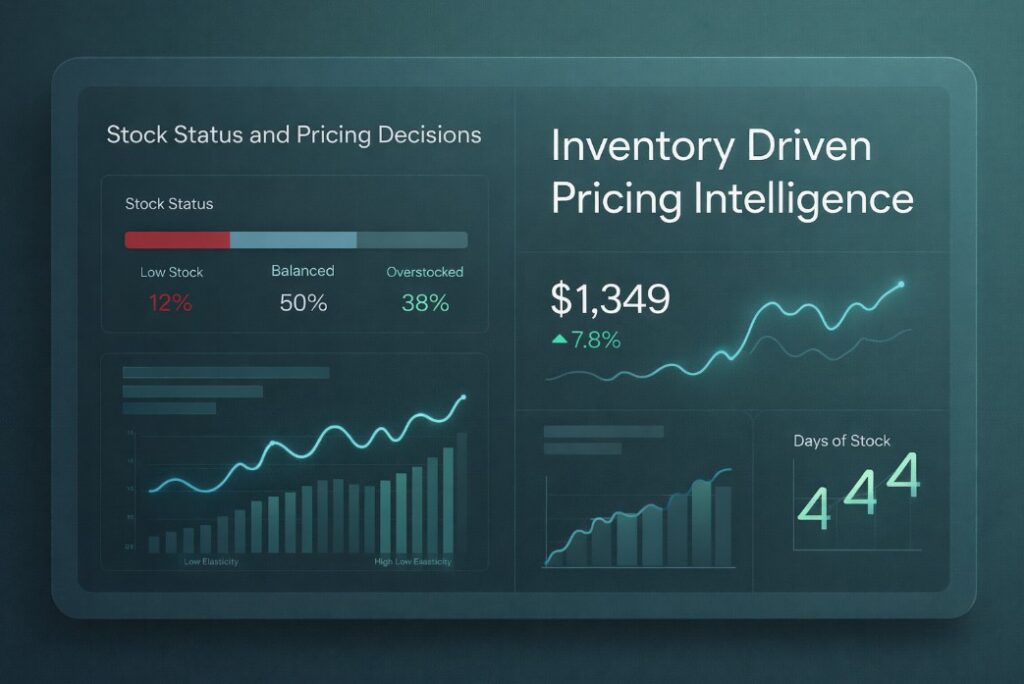
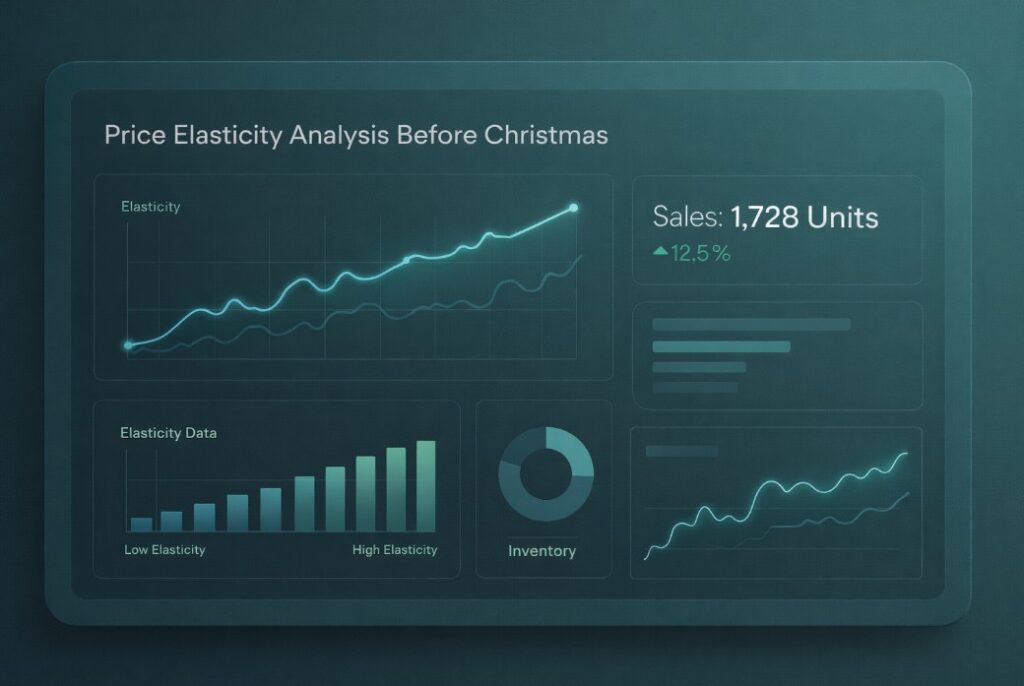
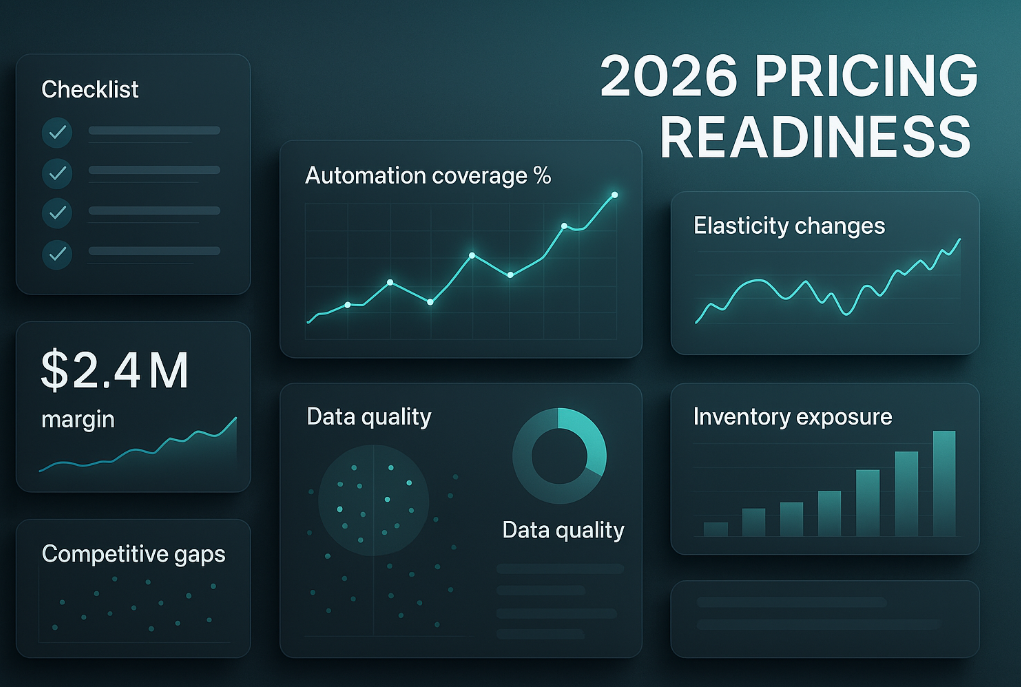
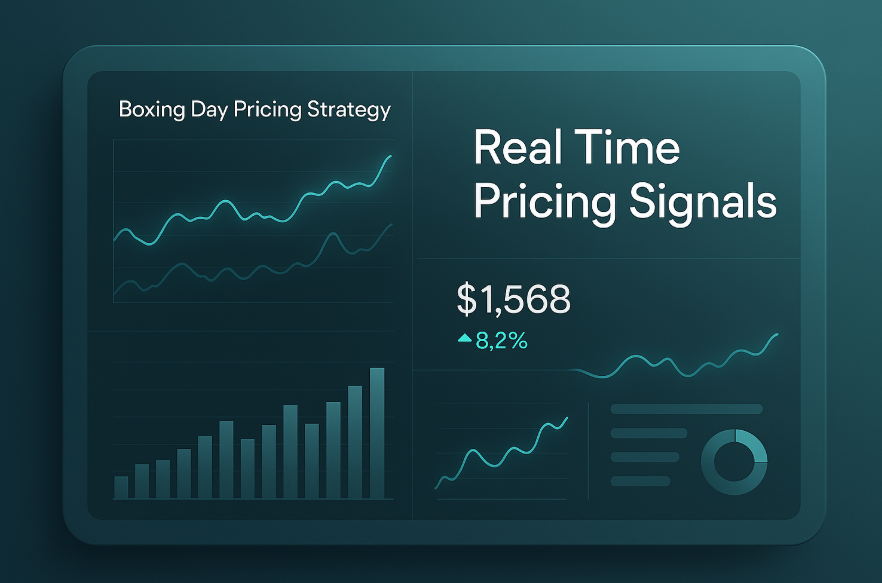
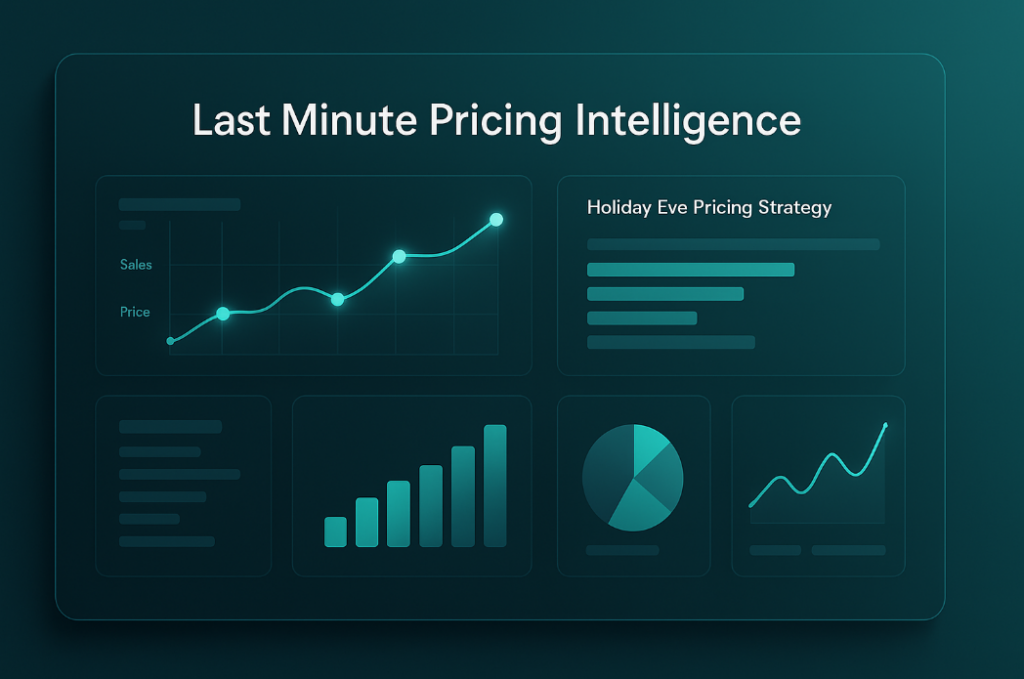







Missing an important marketplace?
Send us your request to add it!